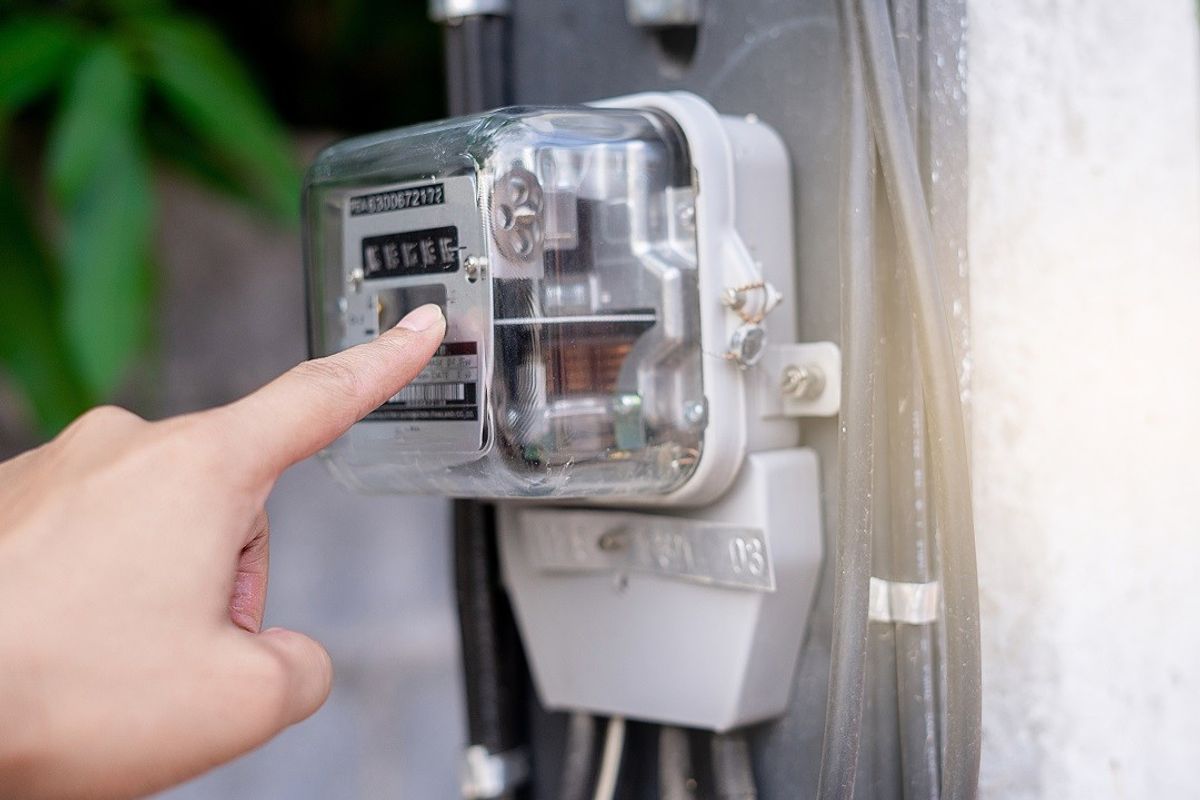Pakistan’s power paradox: costs expected to soar to PKR 3.3 trillion despite flat generation
Stagnant electricity output, ballooning capacity payments, and rising per-unit costs put pressure on tariffs and the economy
Nida Gulzar
Research Analyst
A distinguished economist with an M. Phil. in Applied Economics, Nida Gulzar has a strong research record. Nida has worked with the Pakistan Business Council (PBC), Pakistan Banks' Association (PBA), and KTrade, providing useful insights across economic sectors. Nida continues to impact economic debate and policy at the Economist Intelligence Unit (EIU) and Nukta. As a Women in Economics (WiE) Initiative mentor, she promotes inclusivity. Nida's eight 'Market Access Series papers help discover favourable market scenarios and export destinations.

Pakistan’s power sector is caught in a costly paradox. Even as electricity generation is expected to decline, the cost of purchasing that power is projected to balloon in the upcoming fiscal year 2025-26 (FY26), raising tough questions about efficiency, contract design, and energy planning.
In fiscal year 2021–22 (FY22), Pakistan generated 138,794 GWh of electricity. By FY26, that output is expected to fall to 128,644 GWh. Yet over the same period, the power purchase price is set to surge 35.7%, rising from PKR 2.46 trillion to PKR 3.34 trillion.
The key pressure point? Capacity charges
These fixed payments to power producers — made whether or not electricity is consumed — are expected to double per unit, rising from PKR 8/kWh in FY22 to PKR 16/kWh in FY26. This alone will cost the national exchequer over PKR 2.1 trillion in FY26.
Fuel costs also rebounded after a brief relief in FY24, stabilizing at PKR 10/kWh in FY25 and FY26.
Altogether, the Power Purchase Price (PPP) per unit is expected to surge from PKR 18 to PKR 26, pushing up consumer tariffs and adding further strain to the circular debt burden.
As Pakistan eyes reforms under ongoing IMF-backed programs, curbing runaway power purchase costs may prove critical to economic stability and affordability.










Comments
See what people are discussing